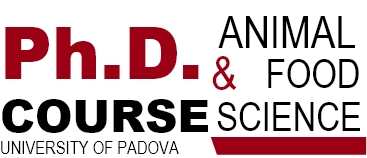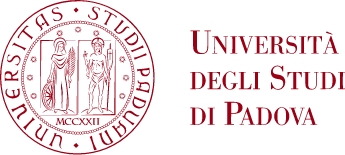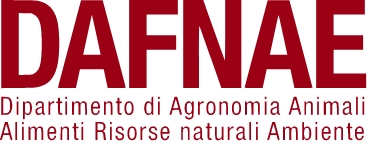Milk protein fractions strongly affect the patterns of coagulation, curd firming, and syneresis
Amalfitano, Nicolò, Cipolat-Gotet, Claudio, Cecchinato, Alessio, Malacarne, Massimo, Summer Andrea, Bittante, Giovanni (2019)
The aim of this study was to assess the role of milk protein fractions in the coagulation, curd firming, and syneresis of bovine milk. Analyses were performed on 1,271 individual milk samples from Brown Swiss cows reared in 85 herds classified into 4 types of farming systems, from the very traditional (tied cows, feed manually distributed, summer highland pasture) to the most modern (loose cows, use of total mixed rations with or without silage). Fractions αS1-casein (CN), αS2-CN, β-CN, κ-CN, β-lactoglobulin (LG), and α-lactalbumin (LA) and genotypes at CSN2, CSN3, and BLG were obtained by reversed-phase HPLC. The following milk coagulation properties were measured with a lactodynamograph, with the testing time extended to 60 min: rennet coagulation time (RCT, min), curd firming time (min), and curd firmness at 30 and 45 min (mm). All the curd firmness measures recorded over time (total of 240 observations/sample) were used in a 4-parameter nonlinear model to obtain parameters of coagulation, curd firming, and syneresis: RCT estimated from the equation (min), asymptotic potential curd firmness (mm), the curd firming and syneresis instant rate constants (%/min), and the maximum curd firmness value (CFmax, mm) and the time taken to reach it (min). All the aforementioned traits were analyzed with 2 linear mixed models, which tested the effects of the protein fractions expressed in different ways: in the first, quantitative model, each protein fraction was expressed as content in milk; in the second, qualitative model, each protein fraction was expressed as a percentage of total casein content. Besides proteins, additional nuisance parameters were herd (included as a random effect), daily milk production (only for the quantitative model), casein content (only for the qualitative model), dairy system, parity, days in milk, the pendulum of the lactodynamograph, and the CSN2, CSN3, and BLG genotypes. Both αS1-CN and β-CN showed a clear and favorable effect on CFmax, where the former effect was almost double the latter. Milk coagulation ability was favorably affected by κ-CN, which reduced both the RCT and RCT estimated from the equation, increased the curd firming and syneresis instant rate constants, and allowed a higher CFmax to be reached. In contrast, αS2-CN delayed gelation time and β-LG worsened curd firming, both resulting in a low CFmax. The results of this study suggest that modification of the relative contents of specific protein fractions can have an enormous effect on the technological behavior of bovine milk.



